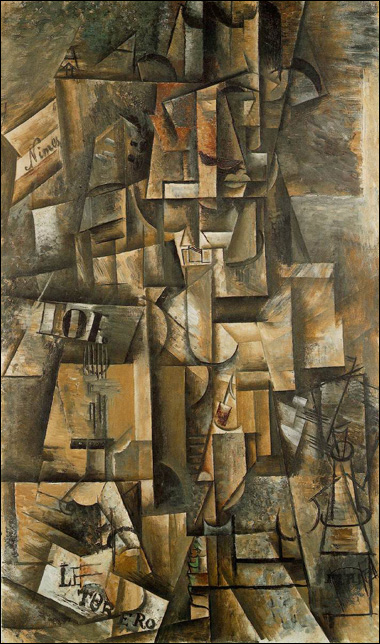So it's been awhile since I updated. As per usual a whole BUNCH of things are happening in and around my life. For starters, I have begun my student teaching practicum at Wabeno Area School District in their k12 art department! You may remember posts from way back when I initially visited the art rooms there...well, now I am a part of the temporary staff :)
It's been an awesome experience - even though I have only had one week of observation and getting to know the students and schools. I look forward to posting my lesson explorations, results, and ideas with you as I progress through my placement.
Here's one I came up with after doing some soul-searching and looking through my own drawing syllabi and projects from my community college days. I think it would be a hugely helpful introductory lesson for both the students and the teacher. Students are able to present their work in an anonymous, collaborative way and the teacher can assess the preexisting technical abilities of the incoming students. Students will have a crash-course in Cubism as an artistic movement and style as well.
The most important part is that it's not seen as a daunting task and everyone is doing a different part of the same project - though they do not know that until after their individual drawings are complete ;)
Sneaky sneaky art teacher.
Try
My Bicycle
Students will draw a
collaborative multi-media still life using a bicycle as their primary subject.
Students will briefly study works of Cubist painters.
Drawing still life
images helps students learn observational techniques for drawing. Students will
each draw the same bicycle from different angles, eventually putting their
drawings together to form one bicycle.
,_oil_on_canvas,_71.1_x_55.9_cm,_Tate_Modern,_London.jpg) |
| Georges Braque, La Gitare |
Materials:
Pencils (regular)
Sharpies (Black)
Ebony pencils
Ballpoint pens
(Black)
Markers (Black)
Sketchbooks
Charcoal (black)
Process:
Ms. Kanak will roll
a bicycle into the classroom (not to ride, children.)
Students will take
turns, by table, coming up to look closely at the bicycle. They should make
note of patterns, textures, colors, positive and negative spaces found in and
around the bicycle and its parts, highlights – observing CLOSELY. Students will
then return to their seats and await instruction.
The bicycle will be
positioned in a place in the room where every student can see it from multiple
angles. Students will be encouraged to move around the bicycle and choose a
view that interests them. Each student will be drawing a DIFFERENT section or
part of the bicycle.
 |
| Pablo Picasso, Aficionado |
Divide students by
tables or some other method to distribute materials. The idea behind multiple
media is to create opportunities for students to experiment and capture visual
information through minimal hue structures. Students will use viewfinders to
choose the composition of their chosen area to draw. Students are expected to
draw a framework sketch of their chosen area to begin their final drawings.
Students will be
limited to the use of their sketchbook page for size and time purposes.
CAPTURING DETAILS and OBSERVATION are the main takeaways for this project. Each
student should spend a minimum of 5 days on this project.
Hand out materials
AFTER demonstration and samples.. Each student will produce one drawing to
contribute to the bicycle mural. After all the drawings are ‘done’ Ms. Kanak
will gather them up anonymously. As a class we will use the drawings like
puzzle pieces to reconstruct the bicycle. We will then assess the accuracy of
the drawings when they are combined. Individual drawings will be graded as
assessment of skill and observational technique.
Students will have
the opportunity to revisit their bicycle drawings to make them more elaborate
or to re-draw/paint/sketch their images in a chosen style.
 |
| Pablo Picasso, Guitar (I love Eva) |
Questions
during process: What details do
I see? What are the space relationships between parts of the bicycle? What
patterns exist in my section of the bicycle? How can I make the drawing look
“plastic” (realistic)? Is my section of the bicycle recognizable?
No comments:
Post a Comment